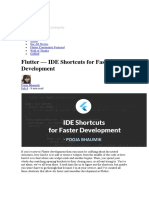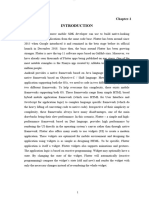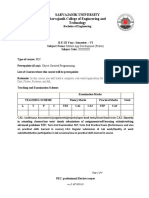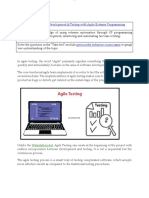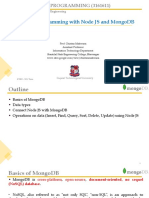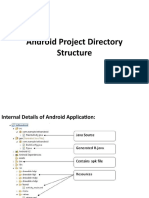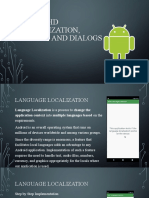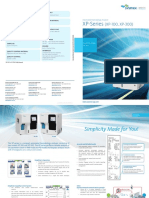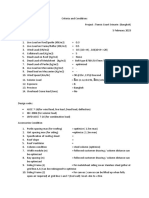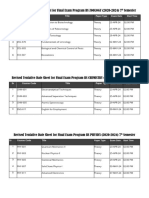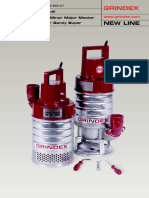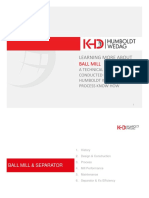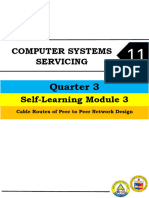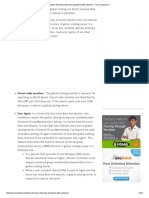0% found this document useful (0 votes)
177 views5 pagesFlutter Interview Questions Complete
This document contains a comprehensive list of Flutter interview questions and answers, covering topics such as Flutter's UI toolkit, Dart programming language, widgets, state management, navigation, and performance optimization. Key concepts like Hot Reload, BLoC, and Provider are explained, along with practical aspects of integrating Firebase and handling errors. It serves as a valuable resource for individuals preparing for Flutter-related interviews.
Uploaded by
PRAFUL DESHMUKHCopyright
© © All Rights Reserved
We take content rights seriously. If you suspect this is your content, claim it here.
Available Formats
Download as PDF, TXT or read online on Scribd
0% found this document useful (0 votes)
177 views5 pagesFlutter Interview Questions Complete
This document contains a comprehensive list of Flutter interview questions and answers, covering topics such as Flutter's UI toolkit, Dart programming language, widgets, state management, navigation, and performance optimization. Key concepts like Hot Reload, BLoC, and Provider are explained, along with practical aspects of integrating Firebase and handling errors. It serves as a valuable resource for individuals preparing for Flutter-related interviews.
Uploaded by
PRAFUL DESHMUKHCopyright
© © All Rights Reserved
We take content rights seriously. If you suspect this is your content, claim it here.
Available Formats
Download as PDF, TXT or read online on Scribd
/ 5










